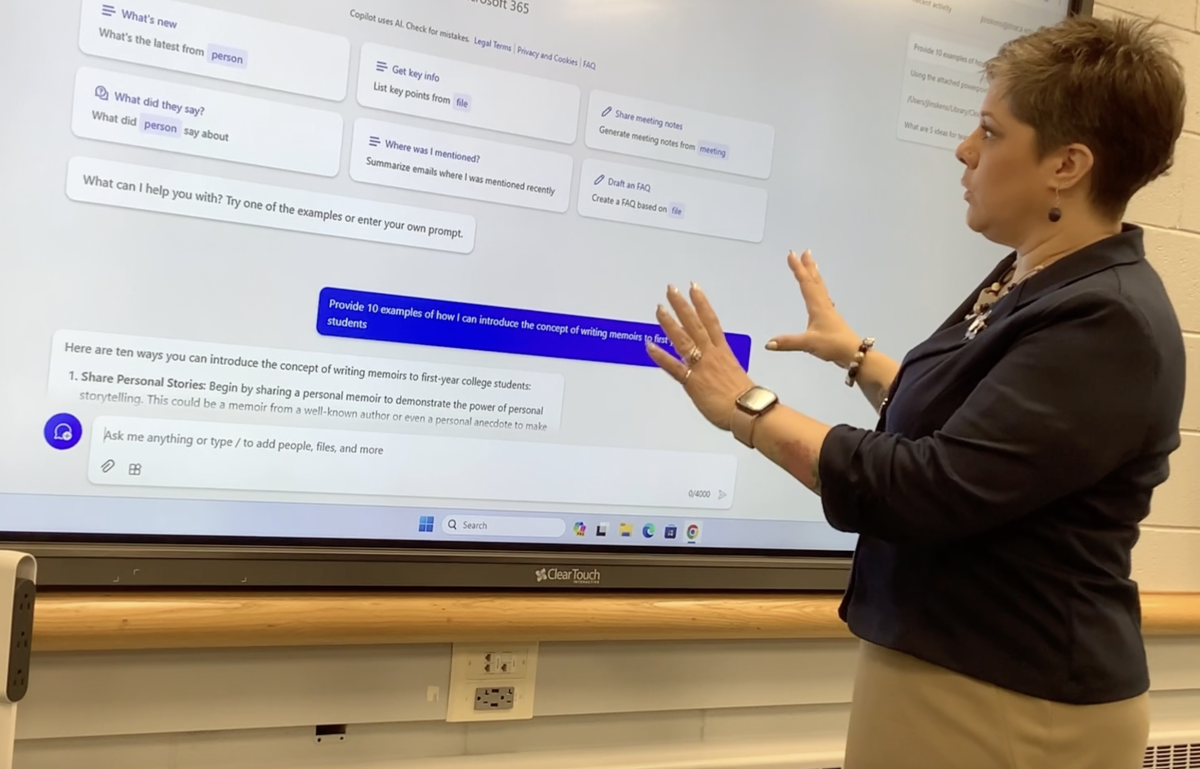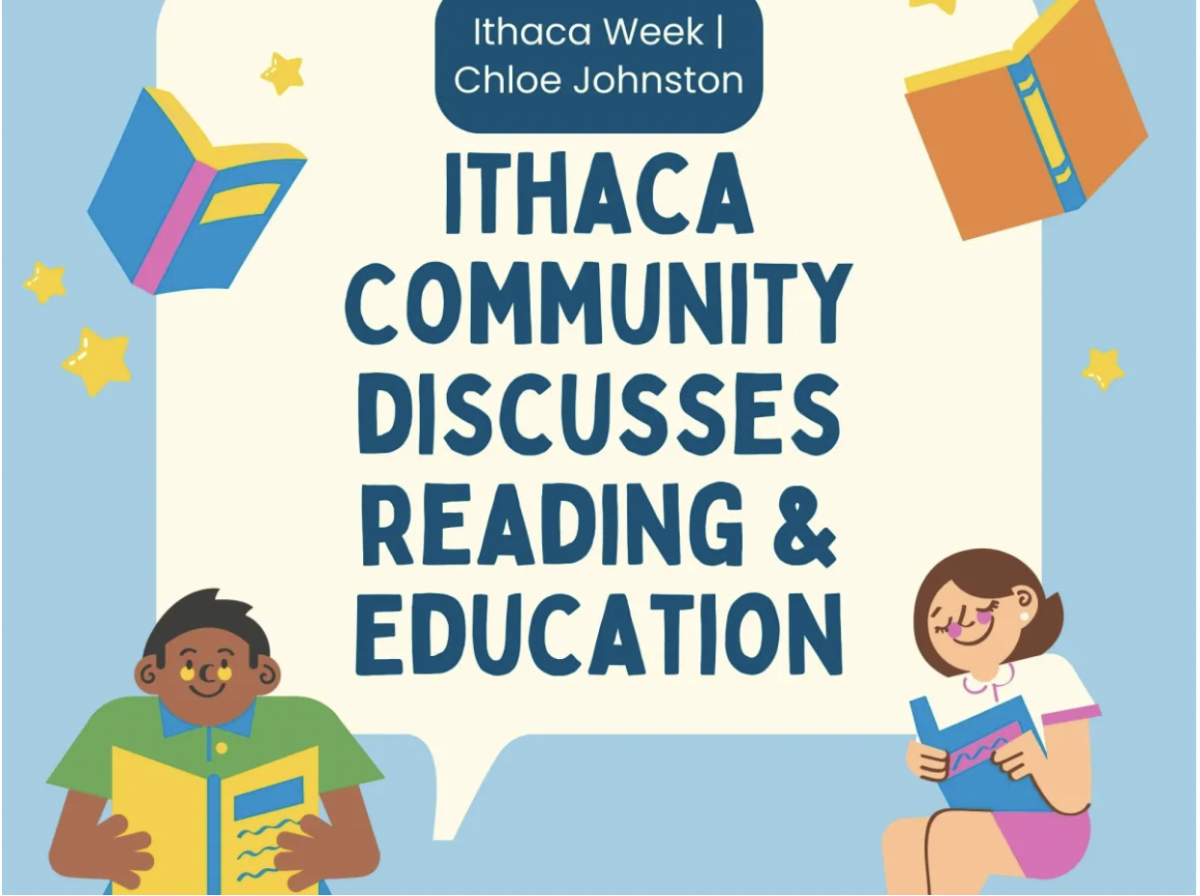A national free community college proposal announced on January 8 may create more accessible and affordable higher education for students but authorities at Tompkins Cortland Community College have noticed it may be missing middle class students.
The bill, which has yet to be put to Congress, would help students with financial need pay their tuition for the first two years in community college, covering the expenses that state and federal aid do not already cover. Some of the main concerns from Tompkins Cortland Community College (TC3) administrators are that the bill will miss middle-class students, and does not include coverage for extra financial needs such as books, fees, transportation or housing.
John Conners, provost at TC3, says the proposal is aimed toward students who come from challenging financial circumstances and could be really beneficial to those who are struggling.
“Many of the students we serve now have some real financial challenges,” Conners said. “Even for the small tuition that they pay here they either have to work part-time jobs or borrow a considerable amount of money, and that’s a real challenge. If they have the opportunity to have their education subsidized at least for the first two years, I think it would be a really significant move forward.”
Residents of New York that attend school in the state are eligible for the state’s need-based Tuition Assistance Program (also known as TAP). This can grant up to $5,165 per year based on the student and family’s income, provided the combined family income does not exceed $80,000 according to the New York State Higher Education Services Corporation. Students are also eligible for federal financial aid like the Pell Grant Program which again is based off of a student’s financial need, but tuition costs at colleges still produce an obstacle for most students.
Conners explained that this proposal would try to help cover the rest of the costs for students.“The president’s program is designed to fill in at the margins so if you have funding from TAP and/or PELL that’s assumed to be continued, and then instead of the federal government paying your entire tuition bill it would pay essentially the balance after those other funds had been exhausted.”
But as Shannon Adamsen, student success advisor at TC3 pointed out, the program would be overlooking middle class families that do not receive the aid already provided by the state.
“[The proposal] misses that middle working class student whose family is just barely getting by; they’re not doing really poorly but they don’t necessarily have the means to send their student to college either,” Adamsen said.
The implementation of this program, were it to pass in Congress, would also be a long process according to director of financial aid at TC3, LaSonya Griggs. The proposal word require restructuring of not only the state’s budgets, but colleges would also have to reorganize their finances.
“Like they say, there is no such thing as being really free. The state government would have to find a way to supply the money to the colleges,” Griggs said. “Even if this proposal were to be passed through Congress in a few weeks, re-organizing the state’s budgets would take longer than that.”
The program would cost approximately $6 billion, according to estimations by the White House, and states would be required to pay one-fourth of this tuition subsidy. According to Conners, New York State already struggles to live up to their financing requirements at TC3. New York State law states that a local community college should receive 40 percent of their operating budget from the state, but as of now the state provides the college in the low 20 percent of their operating budget, Conners said.
“One of the things I would love to see happen, whatever happens with the president’s proposal, is that the state would step up and make a commitment and increase its support of community colleges so that students don’t pay as much and don’t have as much of a debt burden when they graduate from our colleges,” Conners said.
Griggs said this doesn’t necessarily mean the plan wouldn’t hypothetically work. “States like Tennessee and California already have this type of program in play, and I think [Congress] would probably try to mimic their success.”
And while the plan is not fully conceived yet by legislators, Adamsen agrees that “things needs to be tweaked in [the] plan before it can actually be put into practice”.
These administrators agree that it was a change to see higher education addressed in the president’s address and predict that education will continue to be a major platform going into the 2016 elections and beyond.













